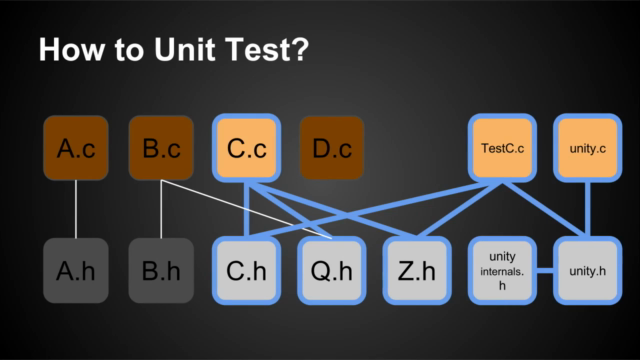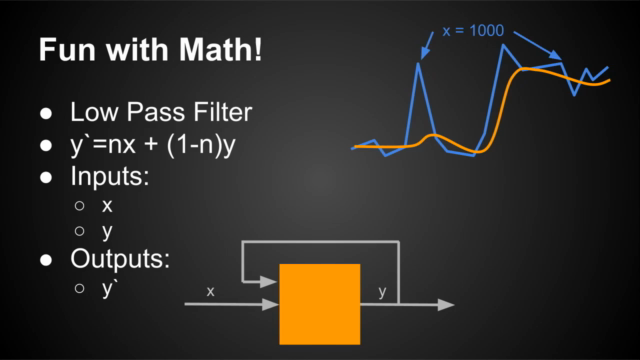Unit Testing & Other Embedded Software Catalysts

Why take this course?
🧪 Unit Testing & Other Embedded Software Catalysts: A Deep Dive into Test Driven Development for Embedded & System Software in C 🚀
Course Overview:
Welcome to Dr. Surly’s School for Mad Scientists! 🎓✨ Here, we blend the art of world domination with the science of software engineering. Our focus? To empower you, the embedded software wizard, to craft code that is as robust and reliable as your most daring contraptions.
In this course, you'll delve into the world of Unit Testing and Test Driven Development (TDD) specifically tailored for C programming in embedded systems. You'll learn to harness the power of the Unity framework and apply Agile, XP, Scrum, and Lean practices to ensure your code is well-designed, high quality, and self-documenting.
What You Will Learn:
🔍 Develop in C Using TDD:
- Start writing real, executable tests from day one.
- Understand the principles behind Test Driven Development and how they apply to C.
🚀 Real-World Testing Scenarios:
- Engage with the Unity framework in practical examples, not just toy problems.
- Explore techniques and patterns for unit testing complex embedded code.
📚 Big Idea Philosophies:
- Grasp the philosophical aspects of process, design, and testing that will elevate your software engineering practice.
👥 Hands-On Practice Problems:
- Apply what you've learned to challenging problems that will solidify your new skills.
🤝 Connect with a Community:
- Join forces with fellow learners and experts in the field.
Why This Course?
This course is your key to unlocking the potential of quality embedded software, which is essential for any ambitious scientist or engineer aiming to control the world's weather, automate their lair, or simply write flawless firmware.
Course Structure:
- Code-centric Lectures: 0x1D (29) sessions that dive deep into the concepts and practices you need to master.
- Development Projects: 0x05 (5) hands-on projects designed to challenge your understanding and application of TDD in C.
- Supplemental Primers, Guides, and How-To's: 0x12 (18) resource-packed materials to support your learning journey.
- Links, Quizzes, Helpful Hints, and More: All the tools you need to succeed in one place.
Join Our Mission!
Embark on a journey where quality embedded software is not just an option but a necessity. Whether you're new to TDD or looking to refine your skills, this course will equip you with the knowledge and tools to create code that stands the test of time (and possibly world domination).
For any inquiries or additional support, reach out to us at tdd@throwtheswitch.org. 💌
Let's Conquer the World Together with Quality Embedded Software! 🌍🚀
Course Gallery




Loading charts...
Comidoc Review
Our Verdict
Delving deep into unit testing in C for embedded systems using the Unity test framework, this course offers valuable insights for TDD practitioners. Yet, it falls short in addressing linker errors within its projects and overlooks alternative testing tools such as CppUtest for diverse learning perspectives. Despite these drawbacks and challenges with vague homework assignments, the course maintains an engaging approach and reinforces essential TDD principles.
What We Liked
- Comprehensive coverage of unit testing in C, particularly with Unity test framework
- Real-world applicable techniques for Test Driven Development (TDD) in embedded and system software projects
- Sandbox provided to facilitate hands-on learning, minimizing setup effort and keeping focus on the methodology
- Knowledgeable instructors who excel at presenting content in an engaging manner, emphasizing TDD principles
Potential Drawbacks
- Incomplete or outdated base projects included with several modules, leading to linker errors and requiring additional workarounds
- Limited discussion of alternative unit testing frameworks like CppUtest for embedded applications
- Potentially vague homework assignments making it challenging to fully grasp edge cases and understand all necessary tests
- Issues with SourceLair 6-month trial promotion inconsistencies, leading to customer confusion